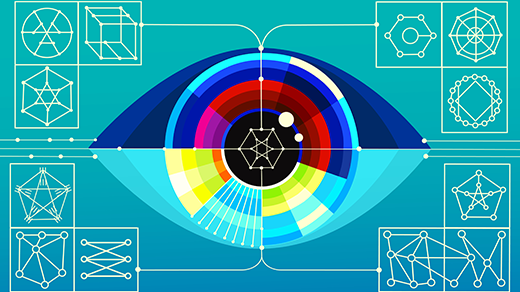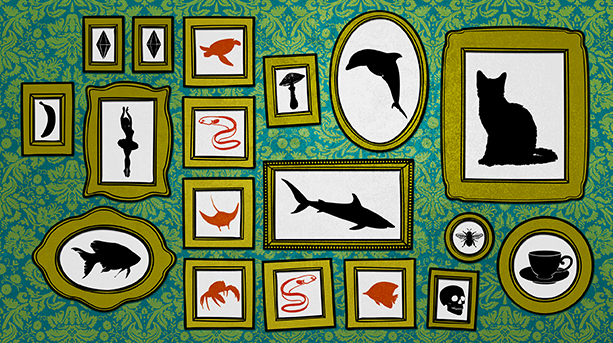Theories of Everything, Mapped
Introduction
“Ever since the dawn of civilization,” Stephen Hawking wrote in his international bestseller A Brief History of Time, “people have not been content to see events as unconnected and inexplicable. They have craved an understanding of the underlying order in the world.”
In the quest for a unified, coherent description of all of nature — a “theory of everything” — physicists have unearthed the taproots linking ever more disparate phenomena. With the law of universal gravitation, Isaac Newton wedded the fall of an apple to the orbits of the planets. Albert Einstein, in his theory of relativity, wove space and time into a single fabric, and showed how apples and planets fall along the fabric’s curves. And today, all known elementary particles plug neatly into a mathematical structure called the Standard Model. But our physical theories remain riddled with disunions, holes and inconsistencies. These are the deep questions that must be answered in pursuit of the theory of everything.
Our map of the frontier of fundamental physics, built by the interactive developer Emily Fuhrman, weights questions roughly according to their importance in advancing the field. It seemed natural to give greatest weight to the quest for a theory of quantum gravity, which would encompass general relativity and quantum mechanics in a single framework. In their day-to-day work, though, many physicists focus more on rooting out dark matter, solving the Standard Model’s hierarchy problem, and pondering the goings-on in black holes, those mysterious swallowers of space and time. For each question, the map presents several proposed solutions. Relationships between these proposals form a network of ideas.
The map provides concise descriptions of highly complex theories; learn more by exploring the links to dozens of articles and videos, and vote for the ideas you find most elegant or promising. Finally, the map is extensive, but hardly exhaustive; proposed additions are welcome below.



